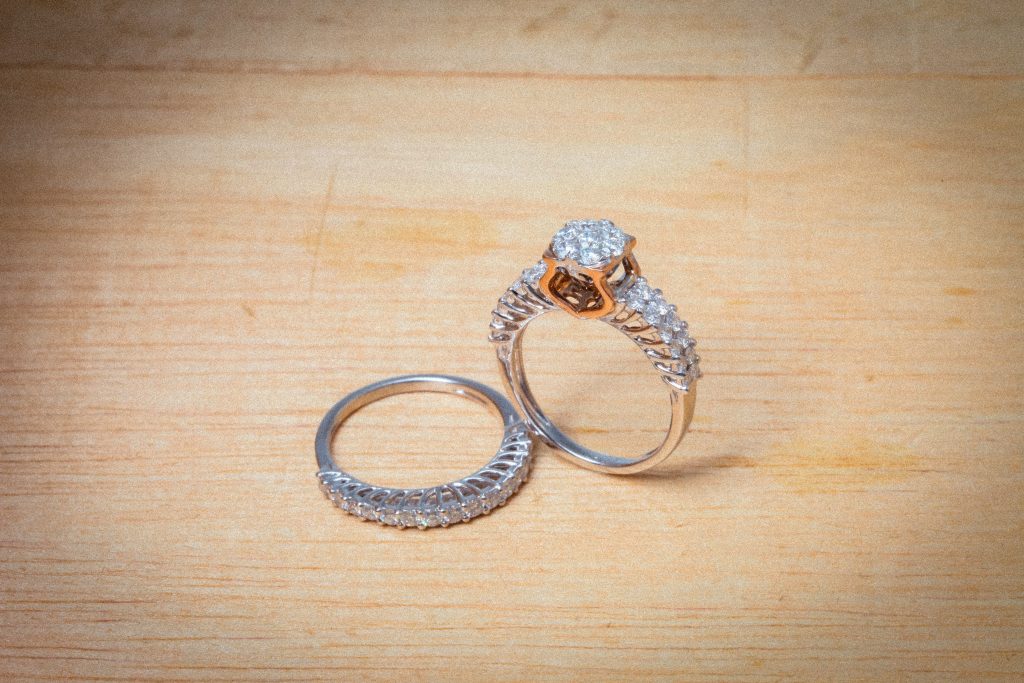A round Moissanite ring is among the more commonly seen engagement rings today. It is said to be one of the favorites because of its simple elegance, as well as its affordability. These reasons make it a popular choice for many couples who are planning to get married, or even those who just want to add a unique design on their existing rings. This article will discuss round Moissanite featuring six prongs.
The prongs of a ring are what allow for the gemstone to be placed into the setting. As well as secure it to the band for a long and happy marriage to come. There are two basic types of prong settings in diamonds or gold rings: the open prong setting, which allows the diamond or gold stone to move around inside the band without touching the side or bottom prong; and the close prong setting, which limits the amount of movement that the stone can make through the band.
If you are looking to purchase your own round Moissanite ring, then it is important that you know all about these two different types of prongs. Close prongs are typically used in high quality diamond or gold rings, whereas open prongs are commonly found in basic gold bands or necklaces. Each type of prong plays an important role in the success of the round Moissanite ring, so choosing the right one is crucial.
Prong number one is responsible for the entire structure of the ring. When using a high quality diamond or gold stone in this ring. The stone will enter into one prong, which holds the rest of the gemstone. In order to fully explain this, it is important to know that the prong acts as a holder for the gems in the ring. Once the stone is inside, the gemstone will be completely secure.
Prong number two is next, which holds the gems in place. This set of prongs also helps the gemstone stay in place, but does not hold it as securely. The prongs on this level are often referred to as “through” or “close prongs.” The prongs themselves are not diamonds or gold pieces; they are simply used as spacers in order to hold all of the gems securely in place.
The final set of prongs is the set at the very bottom. This set is commonly referred to as the “finial prong.” The purpose of the finial prong is to set off the ends of the gemstone’s strap. Finials are commonly used in engagement rings with one-carat or larger diamonds or semi-precious stones. They do not have any effect on the quality of the gemstone, but are rather decorative additions to the ring.
Though prong sets may seem fairly commonplace, it is important to remember that each one varies slightly from the last. The six prongs in a set will all be similar in size, shape, and overall design. However, there will be slight variations in the shape of the prongs themselves. Prong number one will most likely be round. While prong number four might be a bit larger than prong number three. It is these differences that make all six prongs unique.
Though all six prongs will initially fall into the same category. There will be subtle variations that make each ring distinctive. For instance, a round Moissanite diamond that is set with moissanite gemstones that are of a similar size and shape will look completely different when set with a set of standard prongs. The slight variations are what give every ring its own personality. And that is exactly what you are trying to achieve when choosing a round Moissanite ring.
Once you have decided to purchase a prong set diamond, you can then decide if you want a single stone or a set of diamonds. It is important to note that if you choose a single diamond, it must be of the same size. Diamonds that are smaller in size will appear larger on a prong set. On the other hand, a set of smaller diamonds will look out of place alongside a larger diamond. This is why it is so important to choose carefully. Round diamonds will look their absolute best on a prong set. While a solitaire diamond can look fantastic as an individual piece.
What You Should Know About Diamond Necklaces
